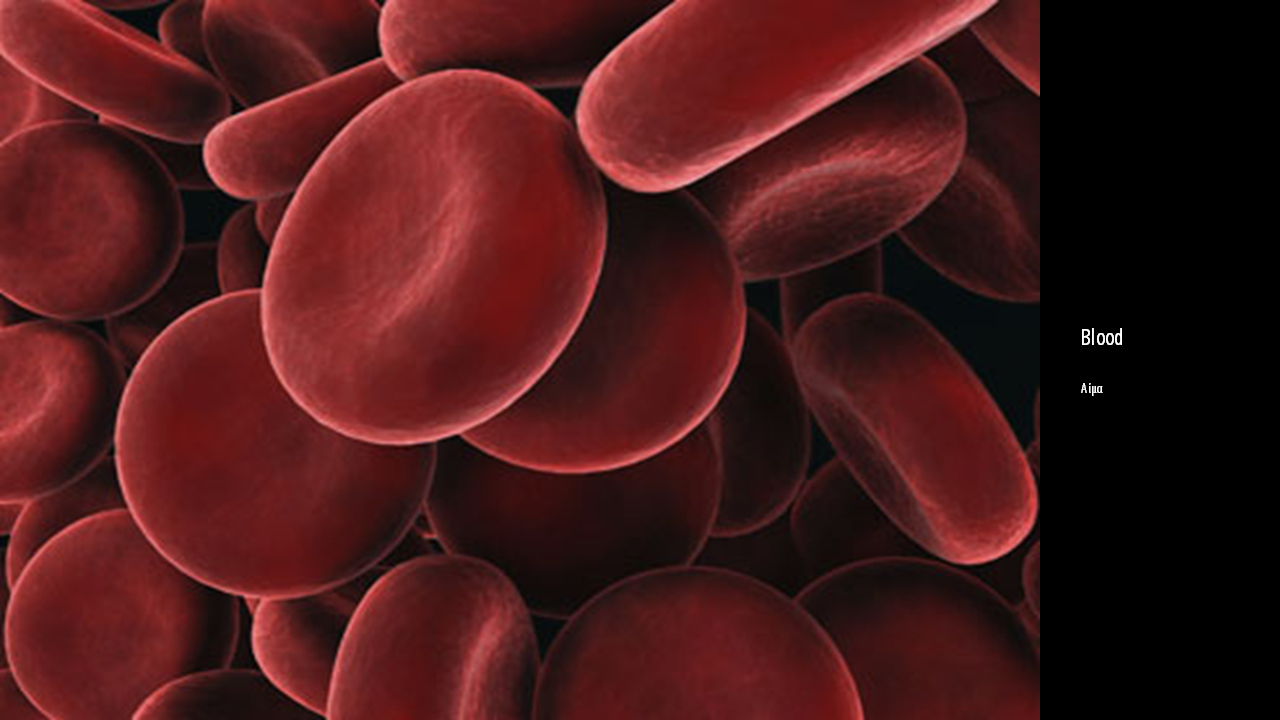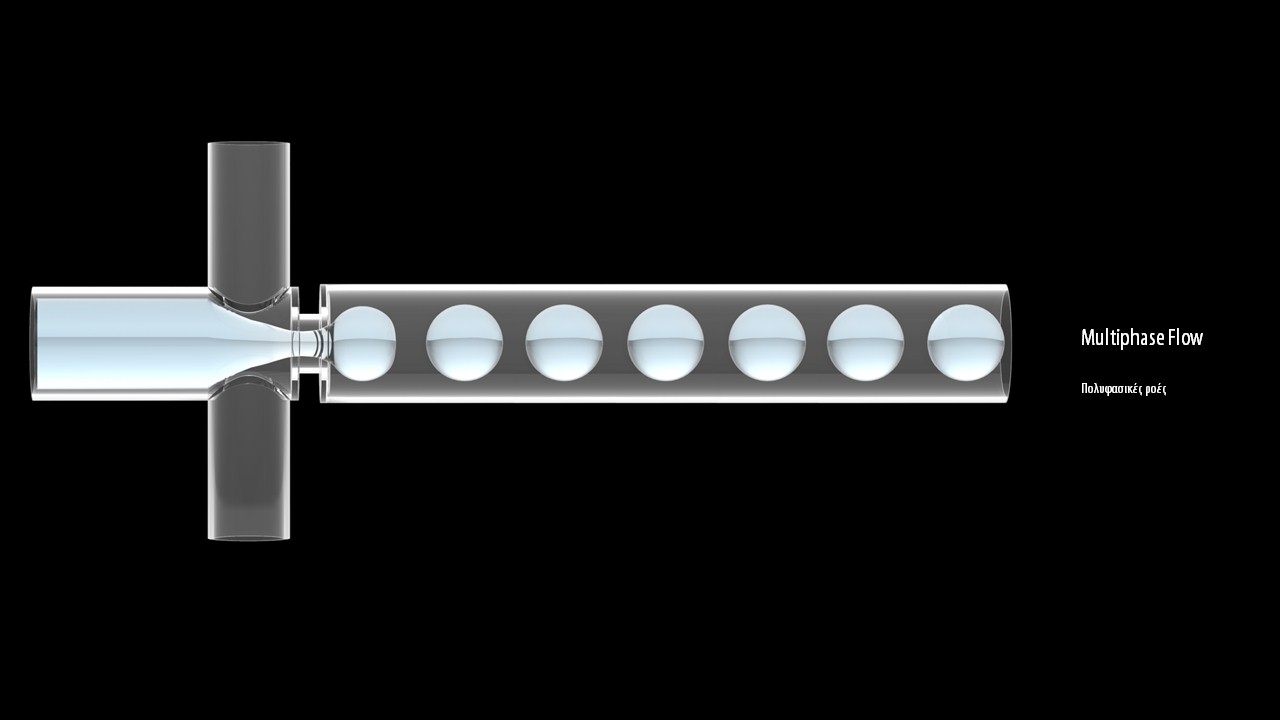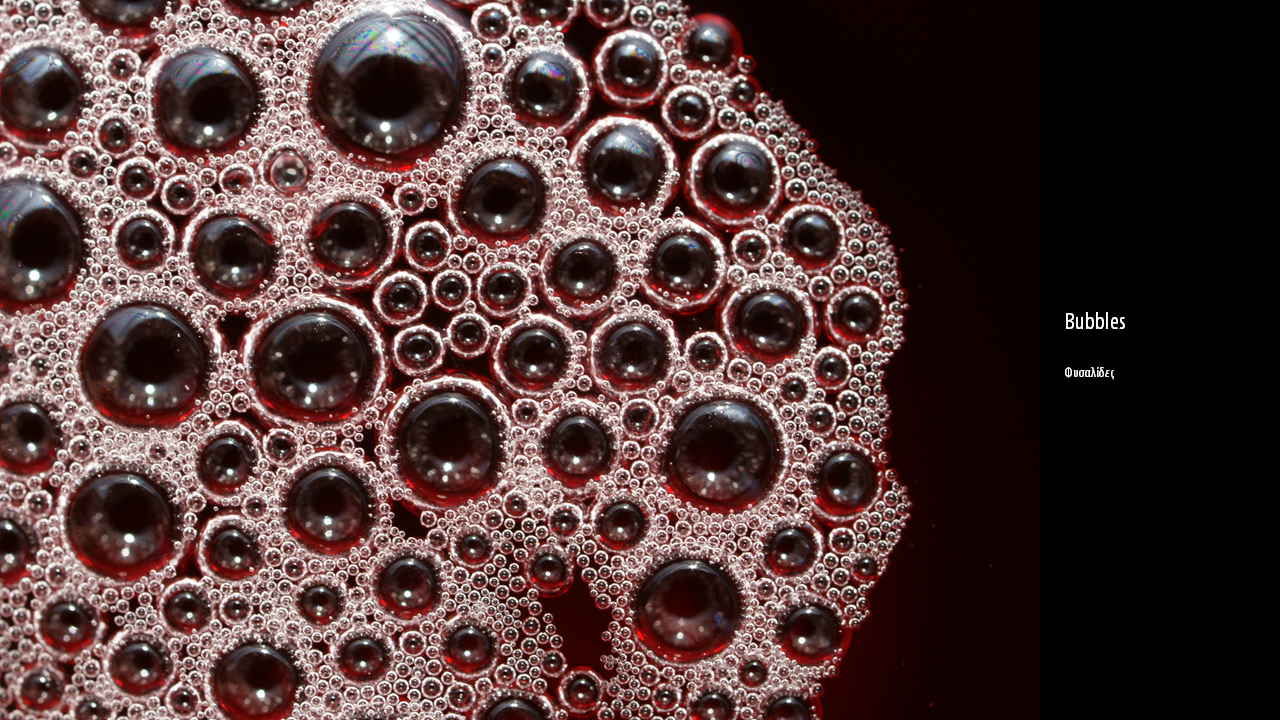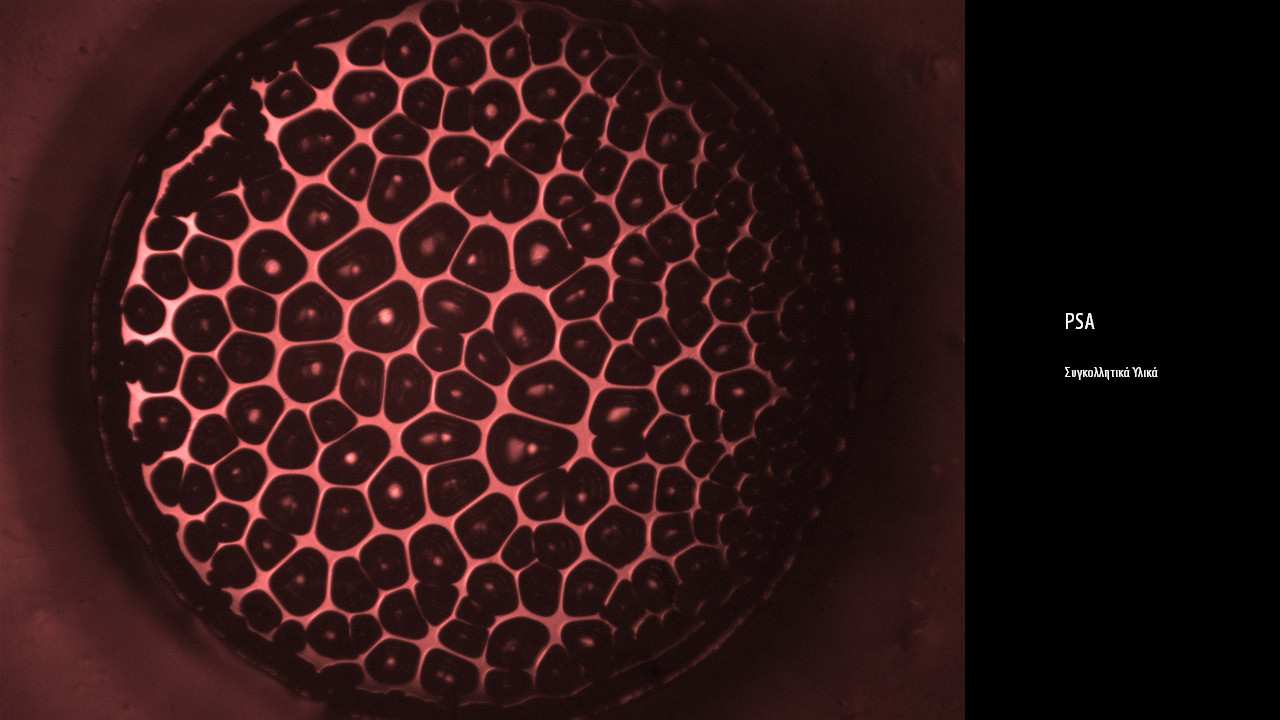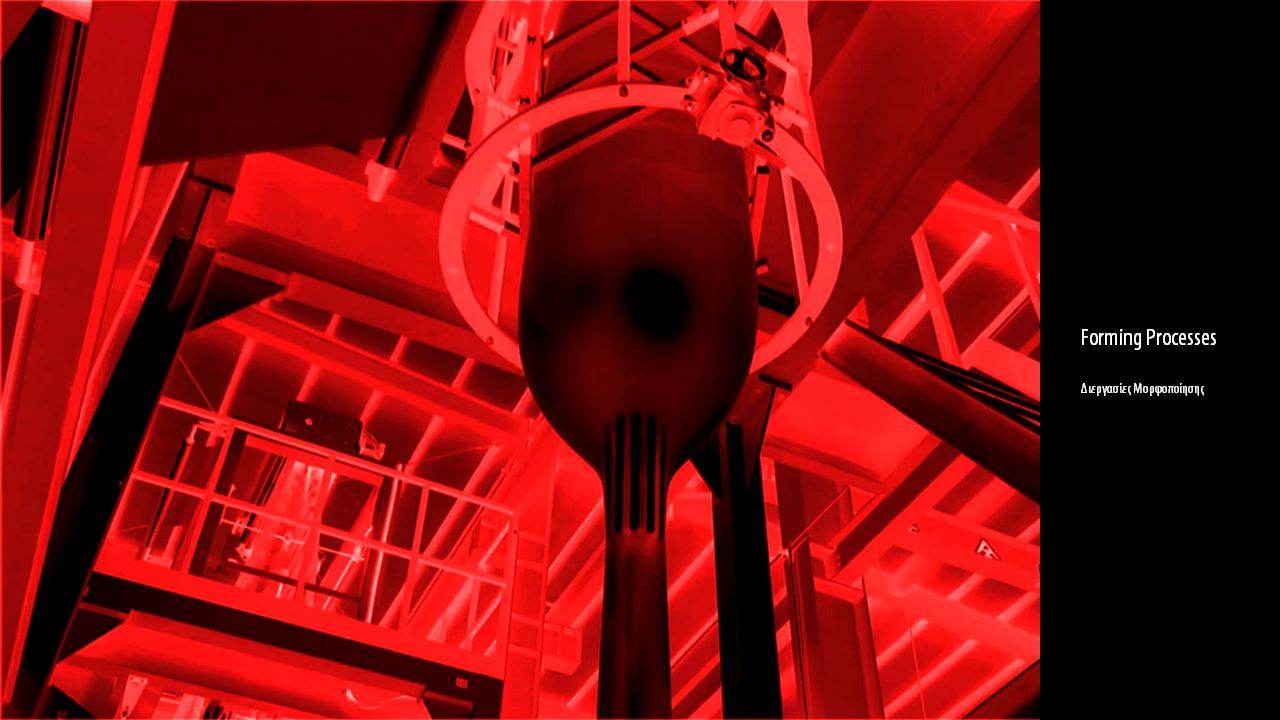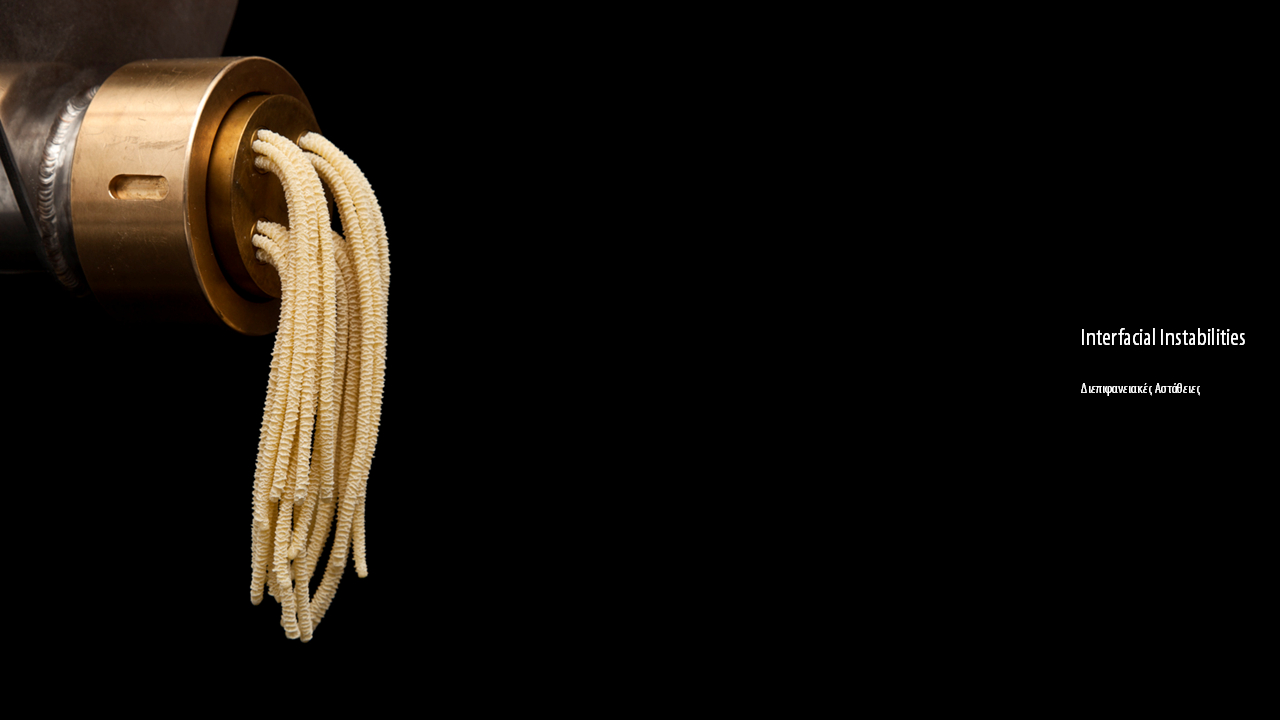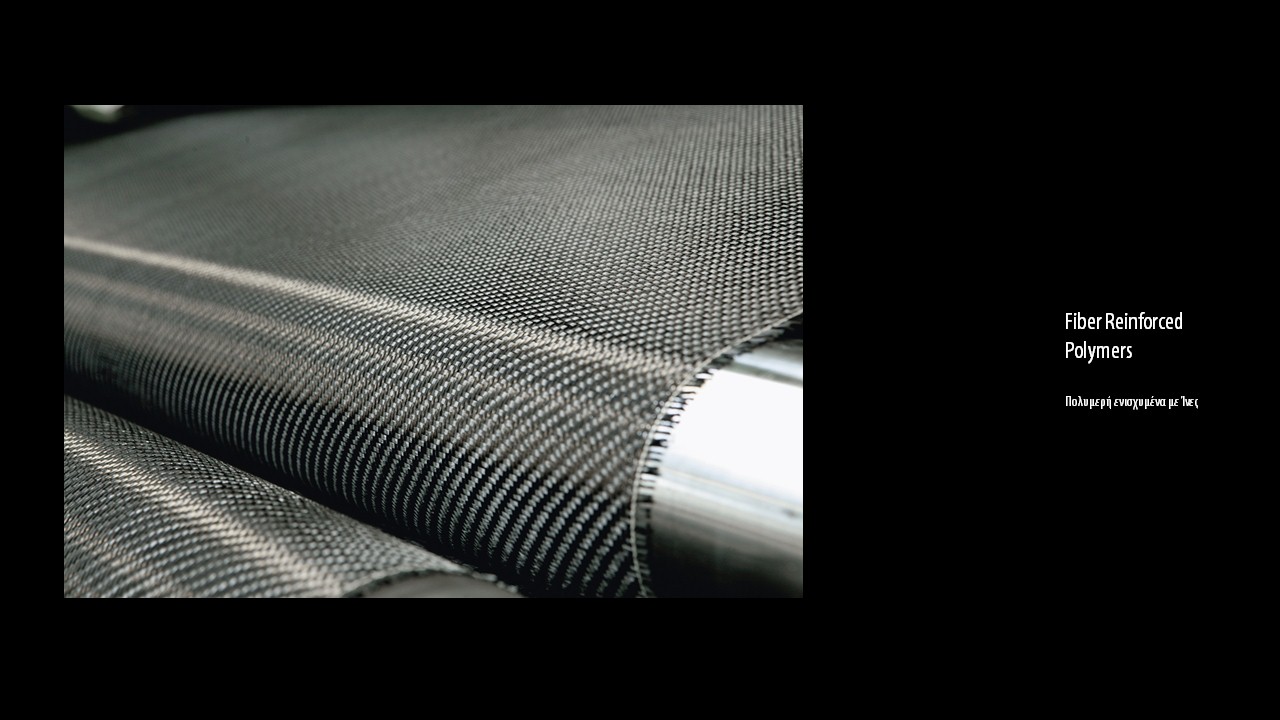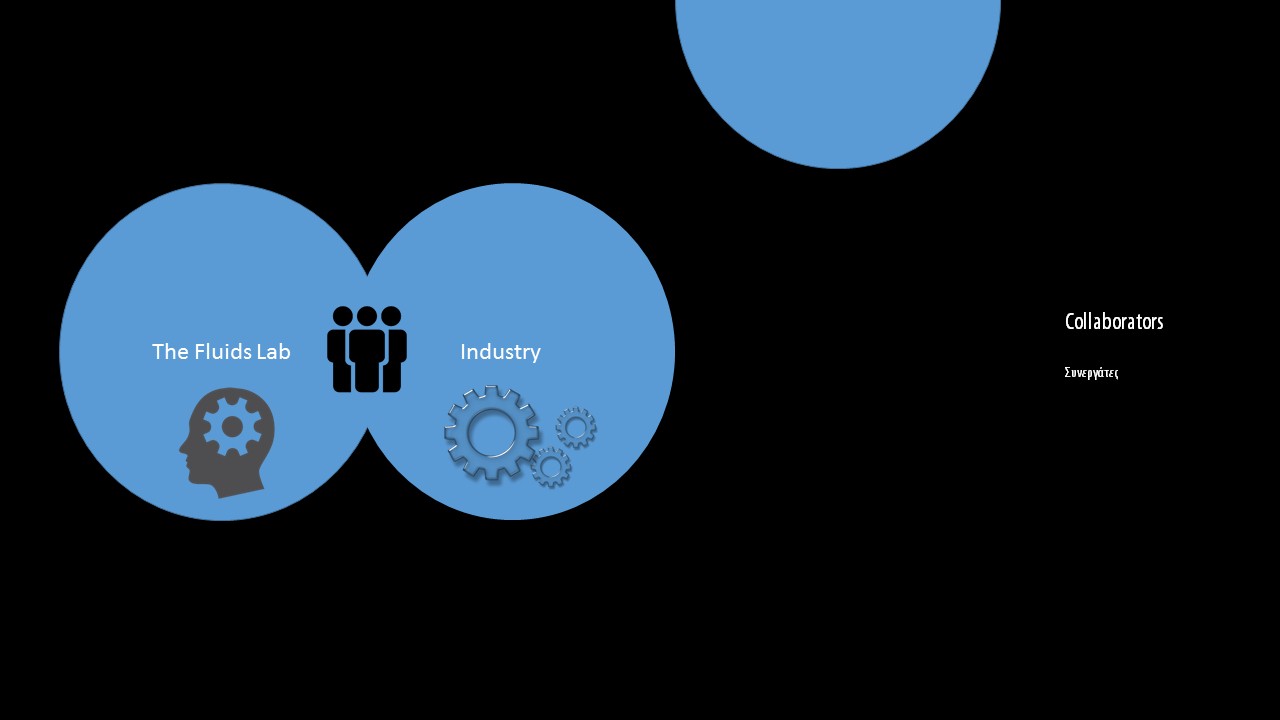The current work investigates the effect of blood viscoelasticity on the stress, velocity and haematocrit fields as well as the formation of the cell-depletion-layer for haemodynamics in microvessels lined with a glycocalyx layer. To this end, we advance the inhomogeneous constitutive model proposed by Moyers Gonzalez-Owens-Fang (2015), treating properly the […]
Research
According to linear theory and assuming the liquids to be inviscid and the bubbles to remain spherical, bubbles set in oscillation attract or repel each other with a force that is proportional to the product of their amplitude of volume pulsations and inversely proportional to the square of their distance […]
Our Lab is equipped with 5 computer clusters with a total of 35 nodes and a total computational power of 214 cores. The total RAM of these clusters is 1.8 TB and the total hard disk capacity 16 TB. It also includes 11 single processor workstations having in total 49 […]
The numerical methods that we apply are: Finite Element, Finite Difference, Finite Volume and Boundary Element Methods for solving the physical laws that govern macroscopically or mesoscopically the processes. Volume of Fluid and Arbitrary Lagrangian Eulerian Method (ALE) for the simulation of multiphase or free-surface flows. Fictitious Domain / Lagrange […]
Multiphase flows of two or more immiscible fluids exhibit numerous phenomena with intrinsic scientific interest and important practical applications: the production of oil from the ground, its water-facilitated transportation through pipelines, and its chemical transformation in packed-bed reactors. The overall applicability and performance of operations involving flows of two fluids […]
For diverse applications such as polymer devolatilization, fermentation, composites processing, plastic foam processing, gas absorption and others it is of interest to know the rise velocity (hence the residence time) and shape of bubbles in polymeric solutions. It is known that single bubbles rising in quiescent viscoelastic liquids may exhibit […]
PSAs were studied in the EU-funded project “MODIFY” aiming at building fundamental understanding of the role of material structure and properties in their performance. We modeled their mechanical test according to which a film is placed between two parallel disks. The disks are pulled away from each other and cavitating […]
During fabrication of microelectronic components, polymer solutions are used to produce thin films over surfaces with uneven topography. The patterning of the substrates may require using multilayer coatings, where one of the purposes of the bottom layer is to planarize the topography, i.e. to smooth out the uneven topography. A […]
During polymer extrusion, instabilities arise limiting the production rate or product quality. With our linear stability analysis using the ePTT model, we found that the flow becomes unstable as material elasticity exceeds a critical value due to a Hopf bifurcation, suggesting that the flow becomes time-periodic. The corresponding eigenvectors indicate […]
The debonding of adhesives filling the gap between flat surfaces is a commonly encountered process in food industry, characterization, fabrication and application of pressure sensitive adhesives and even in biological flows. We have developed a 3D grid generation method (see figure below) in order to account for the spatial and […]
Two Dimensional Fibre-Reinforced Polymer are characterized by a laminated structure in which the fibres are only aligned along the plane in x-direction and y-direction of the material. This means that no fibres are aligned in the through thickness or the z-direction, this lack of alignment in the through thickness can […]
Extrusion damper configuration Viscous dampers dissipate mechanical energy into heat through the action of viscous stresses in a fluid. The damper response to external stimulus (force or displacement) depends on the properties of the enclosed fluid. Non-Newtonian fluids have widely varying properties, enabling a range of possibilities for the damper […]
In the framework of its participation in Research Projects, Laboratory of Fluid Mechanics & Rheology has collaborated with several Universities, Research Institutes and Industries. Amongst others the list of partners include the following: APIVITA, GREECE. DOW DEUTSCHLAND ANLAGENGESELLSCHAFT mbH, GERMANY. BASELL POLYOLEFINE GMBH, GERMANY. EIDGENÖSSISCHE TECHNISCHE HOCHSCHULE (ETH) ZÜRICH, SWITZERLAND. […]
